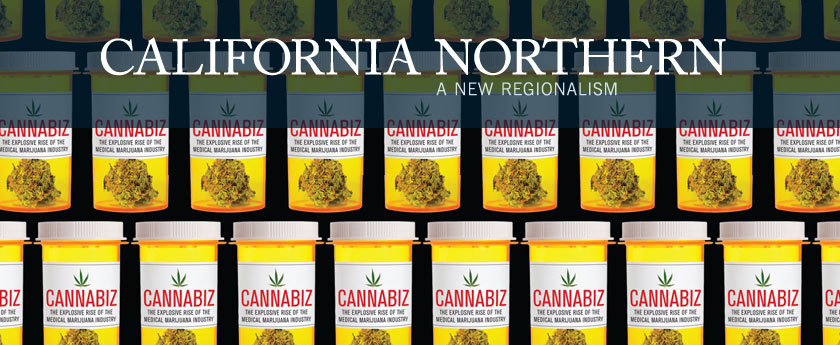The Profits of Legalization
By Jonathan Nathan
With blockbuster movies named after famous strains, Olympic gold medalists sparking up on camera, and an astonishing 42 percent of Americans admitting to having tried the drug, the visibility of cannabis culture is at an all-time high. The May 2010 passage of a Washington, D.C. bill placed the nation’s capitol alongside fifteen states that had already legalized medical marijuana, and Arizona became the sixteenth later that year. Thirteen states have decriminalized the drug entirely, limiting punishments
for possession to fines and/or confiscation, and a ballot measure in the 2010 California midterm election aimed at full legalization was rejected by just 7 percent.
The movement to bring marijuana out of the shadows and into the light of accessibility and legality is founded on the basic precept that although the drug has not been found to pose a high risk of addiction or—except in very high dosages—to increase vulnerability to mental health problems, clinical studies have shown that it has substantial medicinal value. It can be an effective painkiller and can induce an increase in appetite, and these functions have made it a sought-after treatment for patients suffering from cancer and HIV/AIDS. On a philosophical level, recreational users argue that the drug should be left alone as a personal choice.
John Geluardi’s Cannabiz: The Explosive Rise of the Medical Marijuana Industry often seems to mourn this recent death of an older, more secretive way of living with pot. At the same time, the book acknowledges the broken nature of a system that, despite recent improvements, still imprisons tens of thousands of Americans for possession of a comparatively harmless drug.
This is an excerpt of “The Profits of Legalization”

